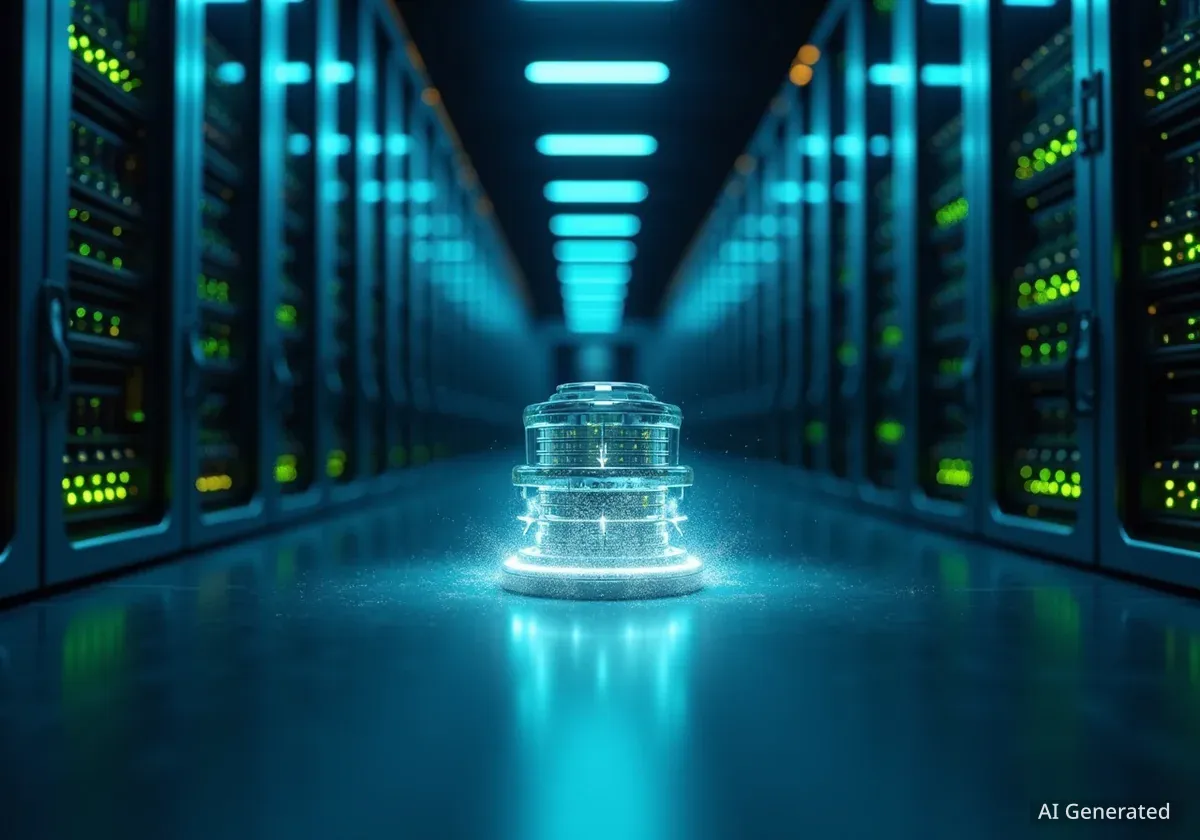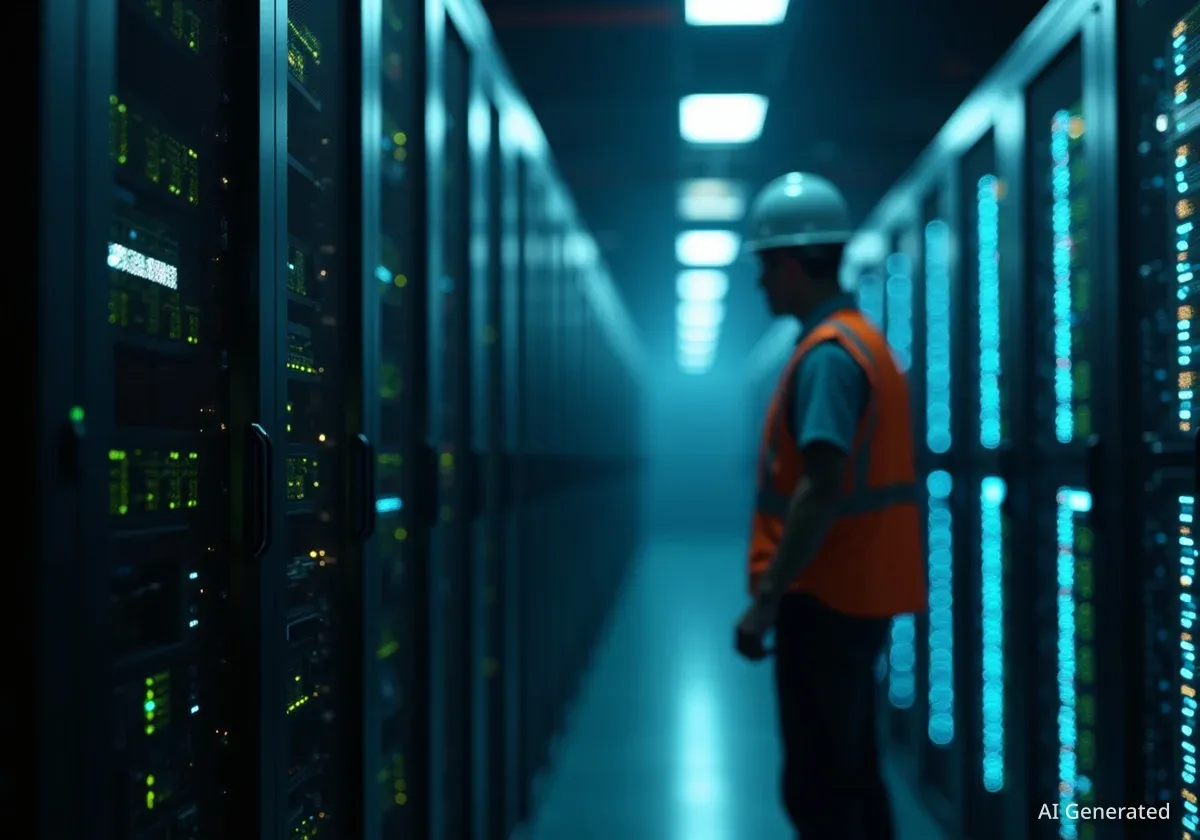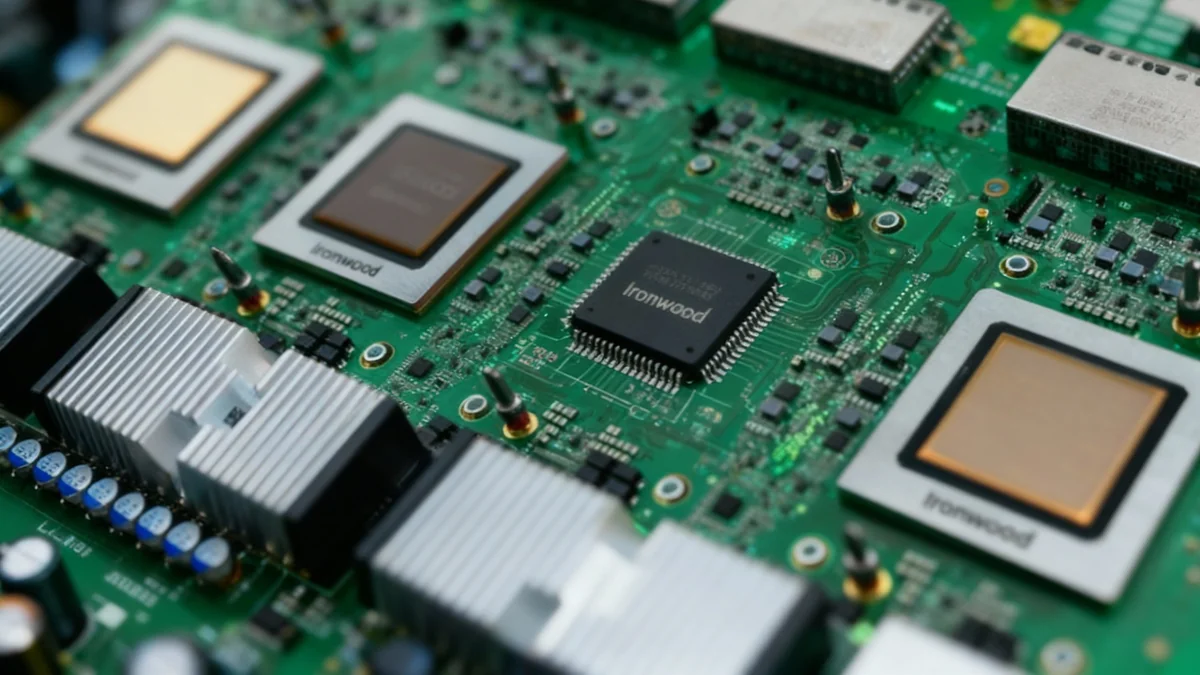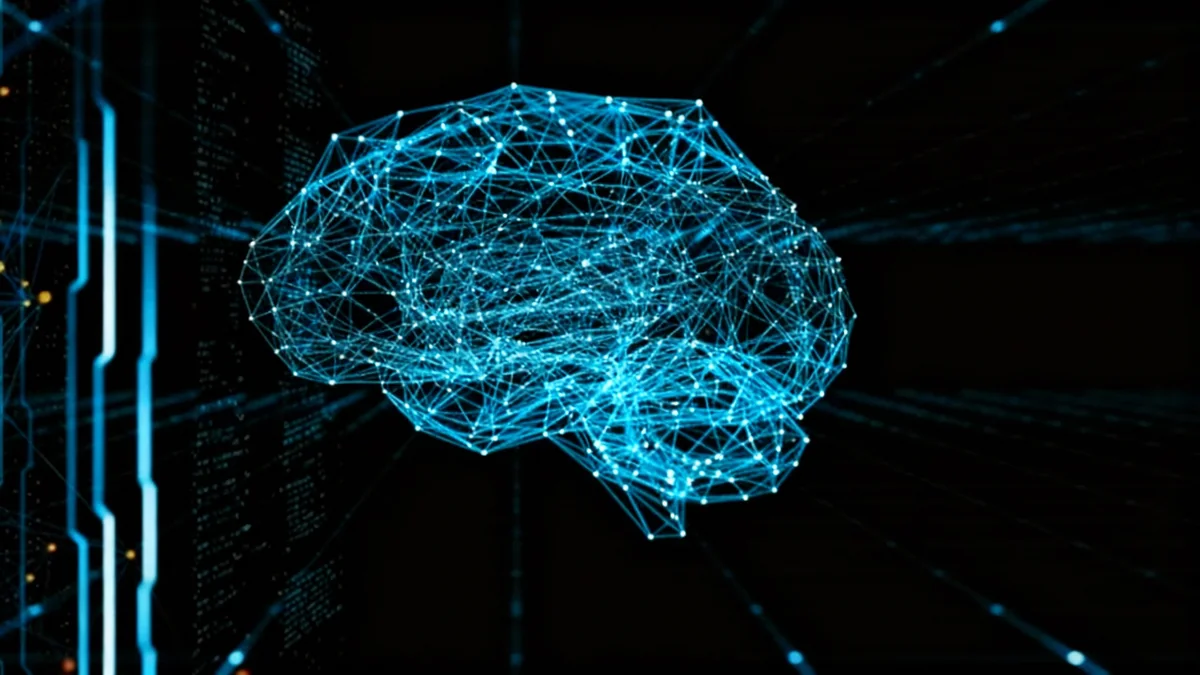Major technology companies are increasingly investing in nuclear energy to meet the massive power demands of artificial intelligence. Firms like Microsoft and Google are exploring both existing nuclear plants and new, smaller reactor technologies as a source of reliable, carbon-free electricity for their data centers.
However, this strategic shift faces significant hurdles, including the high cost of development, negative public perception rooted in past accidents, and a long timeline before newer nuclear technologies can be deployed at scale. The industry's push comes as global data center energy consumption is projected to double within five years.
Key Takeaways
- Technology companies are investing in nuclear power to supply their energy-intensive AI data centers.
- Microsoft has a deal to purchase power from the Three Mile Island nuclear plant.
- Google and Amazon are funding the development of Small Modular Reactors (SMRs).
- Experts caution that SMRs are years from commercial viability and face economic and technical challenges.
- Public opposition and concerns over radioactive waste remain significant obstacles for the nuclear industry.
The Growing Energy Demands of Artificial Intelligence
The rapid expansion of artificial intelligence is creating an unprecedented demand for electricity. Data centers, which house the high-powered computer chips necessary for AI, are becoming one of the fastest-growing consumers of energy globally.
According to a report from the International Energy Agency, data centers currently use about 1.5% of the world's electricity. The agency projects this figure could double in the next five years, driven almost entirely by the growth of AI.
This surge in energy consumption has prompted Silicon Valley to search for power sources that are both constant and carbon-free. Unlike solar and wind, which are intermittent, nuclear power can operate 24/7, making it an attractive option for ensuring data centers remain online.
AI's Rapid Power Consumption
Mosharaf Chowdhury, an associate professor at the University of Michigan, noted that AI's adoption has been extraordinarily fast. He stated, "AI has got to saturation point in not even 15 months. It just grew so fast, we didn't have a second to imagine how to account for it."
Major Tech Companies Place Bets on Nuclear
In response to this energy challenge, several of the world's largest tech firms are making substantial commitments to nuclear power. Microsoft, for instance, recently joined the World Nuclear Association, the industry's primary lobbying group.
The company also signed a deal to purchase electricity from the remaining functional reactor at Three Mile Island in Pennsylvania. This site, known for the most serious nuclear accident in U.S. history in 1979, highlights the industry's effort to rebrand and utilize existing infrastructure.
Other companies are focused on next-generation nuclear technology. Google has partnered with Kairos Power, a company developing advanced reactors. Amazon is also reported to be funding nuclear projects, with a focus on a newer concept: Small Modular Reactors (SMRs).
Historical Context of Three Mile Island
In March 1979, a partial meltdown occurred at the Three Mile Island plant. While it caused no direct fatalities, the event significantly damaged public trust in nuclear energy in the United States. The accident's impact was amplified by the coincidental release of the film "The China Syndrome," a thriller about safety issues at a fictional nuclear plant.
The Promise and Problems of Small Modular Reactors
Much of the new investment is directed toward Small Modular Reactors, or SMRs. These are smaller, factory-built reactors that proponents claim offer several advantages over traditional large-scale plants.
Potential Benefits of SMRs
SMRs are designed to operate at cooler temperatures, which theoretically lowers the risk of a meltdown. Their smaller size and modular construction are intended to reduce the massive upfront costs and long construction timelines that have plagued conventional nuclear projects.
Currently, only two SMRs are providing power to electricity grids: one in China and another in Russia's far east. Despite the limited deployment, tech companies see them as a potential solution for powering data centers located in remote areas.
"Small modular reactors can provide 24/7 clean energy near data centres," said Haider Raza, an expert on AI and energy at the University of Essex. "But they won’t come close to solving the coming demand issue in the next year or two."
Significant Challenges Remain
Despite the optimism, experts warn that SMRs are far from a proven solution. Allison Macfarlane, former chair of the U.S. Nuclear Regulatory Commission, stated that "most SMRs are on paper" and have not moved beyond the design phase.
Macfarlane points to a fundamental economic problem: the lack of scale. A smaller reactor is inherently less efficient, producing less energy from the same amount of fuel. "You just can’t get around economies of scale," she said, estimating that SMRs are years away from being financially viable.
Another concern is radioactive waste. A study from Stanford University found that SMRs could actually produce more radioactive waste per unit of energy than larger reactors. This is because more subatomic particles can escape a smaller core, contaminating surrounding materials.
Public Perception and Local Opposition
The nuclear industry has long struggled with public perception, and new projects often face strong local resistance. Memories of disasters like Chernobyl and Fukushima, along with the legacy of Three Mile Island, continue to influence public opinion.
In March, the town of North Tonawanda, New York, unanimously passed a law banning nuclear power generation. The move was a direct response to a proposal by a local tech company to build a small reactor for cryptocurrency mining.
Deb Gondek, a local activist, explained the community's reaction: "The initial reaction was 'Oh brother, what are they cooking up now?'" This sentiment reflects a deep-seated skepticism that new nuclear projects must overcome.
However, national sentiment may be shifting. A recent study by the Pew Research Center found that a slight majority of Americans now support building more nuclear power plants. In Tennessee, Kairos Power, Google's partner, has noted strong local support for its test facility in Oak Ridge, a city with a long history in the nuclear industry.
Exploring Alternative Solutions
While tech giants invest in new energy sources, researchers are also working to make AI itself more efficient. The goal is to reduce the demand for power at its source.
Professor Mosharaf Chowdhury and his team at the University of Michigan are exploring ways to configure computer chips to use less power. They are also developing AI models that can operate effectively using smaller, more focused datasets.
So far, progress has been challenging. Chowdhury admitted, "there is no good solution where we have managed to find models that are significantly smaller and run significantly faster but accuracy-wise are just as good."
Ultimately, the solution to AI's energy problem will likely involve a combination of approaches. In a recent policy brief, Microsoft acknowledged this reality, stating, "There is no one technology or solution that will meet the vast electricity and decarbonization needs." For now, some businesses are simply delaying their adoption of AI due to the high energy costs, highlighting the immediate economic pressures at play.





